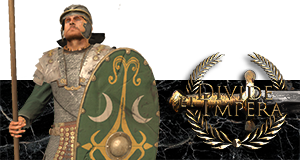Media Atropatene
Overview:
In the Achaemenid period Atropatene was part of the satrapy of Media. When the Achaemenid empire collapsed, Atropates, the Persian satrap of Media, made himself independent in the northwest of this region in 321 B.C.
Atropates managed to keep on good terms with Alexander. At the famous mass wedding at Susa in 324, his daughter was married to Perdiccas. After Alexander’s death he was left in command of his territory. He founded a dynasty which was to last long. The exact extent of the state of Media Minor or Media Atropatene is not known; in the opinion of Schwarz it probably reached the Caspian, but how much of the coast it embraced is debatable.
A successor of Atropates known to us from Greek sources is Artabazanes, who was contemporary with the Seleucid ruler Antiochus III. On the basis of a statement of Polybius that Atropatene stretched to the Caucasus mountains, E. Herzfeld described Artabazanes as ruler of “Armenia and Atropatene.” Antiochus III, after his successful campaign against Molon, satrap of Media, who had rebelled, decided to march against Artabazanes with the intention to warn all concerned against supporting rebels with troops or arms. Whether Artabazanes had in fact sent troops to help Molon is doubtful. Artabazanes, who was growing old, did not put up much resistance and appears to have acquiesced in submission to Seleucid suzerainty, in return for which he was probably confirmed in his rulership of Atropatene.
The exact date of Atropatene’s incorporation in the Parthian empire is not known. Most probably it occurred in the reign of Mithridates I when this Parthian great king, taking advantage of the Seleucid empire’s weakness after the defeat of Antiochus III by the Romans at Magnesia in 190 B.C., moved to extend his sway eastward and northward. Presumably Media Atropatene became a vassal state under Parthian suzerainty at the same time as the rest of Media. This must have been after 148 B.C. because the Seleucid rock-inscription at Bīsotūn (Behistun) shows that there was then still a Seleucid governor of the “Upper Satrapies,” which certainly included Media. It seems, however, that the small state of Atropatene kept a good measure of autonomy. Descendants of Atropates are said to have “married into the Arsacid royal house”.
The next mention of Media Atropatene comes in reports that after the death of Mithridates II in 88-87 B.C., the Armenians succeeded in recovering lands which they had earlier lost to the Parthians. According to Strabo and Plutarch, the Armenians occupied Atropatene at this time.
Atropatene’s history in the following years is confused. Dio Cassius states that a certain Mithridates, king of Media and son-in-law of the Armenian king Tigranes the Great, supported the latter when he went to war with the Romans and invaded Cappadocia in 67 B.C. Quite possibly this Mithridates was the future Parthian monarch Mithridates III, who together with his brother Orodes murdered their father Phraates III in 58-57. He has been described, on the strength of Dio Cassius’s statement, as “king of Media Atropatene” in several works by modern scholars, though in fact he is called by Dio Cassius simply “king of Media”.
In some sources, the Romans under Pompey are reported to have attacked a certain Darius, king of Media, in 65 B.C. Here again this person has been described as “ruler of Media Atropatene” by some modern writers, whereas in the sources only Media is given. Acceptance of the supposition that he ruled Media Atropatene is also made difficult by the evidence of other sources which speak of Artavasdes king of Atropatene, born in 59 B.C. or a little earlier, son of Ariobarzanes, king of Atropatene. This suggests that the father had come to the throne some time before 59 B.C. If so, the time-scale would appear to preclude a reign of this Darius in Media Atropatene. The Greco-Roman writers have left much more detailed and precise accounts of the expedition led by Mark Antony against the Parthians in 36 B.C. Having obtained the support of the Armenian king Artavasdes, Antony made Armenia his base for an invasion of Media Atropatene, whose identically named (and just mentioned) king Artavasdes was an ally of the Parthians. As is well known, the Roman campaign was bungled and ended ignominiously. After a Parthian attack which destroyed his rearguard and siege-train, Antony had to abandon his siege of Atropatene’s capital city Phraata (in some sources Praaspa or Phraaspa) and flee back to Armenia. It has not yet been possible to determine where Phraata lay; the often mooted identification with Taḵt-e Solaymān southeast of Lake Urmia where the German Archeological Institute conducted excavations in 1959 and subsequently, remains unproven.
Soon after the defeat of the Romans, so Plutarch and Dio Cassius state, enmity arose between Artavasdes of Media Atropatene and Phraates, the Parthian great king, over the division of the spoils and the fears of Artavasdes concerning his autonomy, with the result that the Median king offered Antony an alliance. The offer was accepted in 33 B.C.. It was very welcome to Antony who, in the belief that Artavasdes of Armenia had left him down in his campaign, now planned a pincer movement against Armenia while also cherishing hopes of Atropatenian support in his continuing war with the Parthians and impending contest with Octavian. Troop detachments were exchanged and at the same time some Armenian territory, consisting mainly of the Sambyke district which had earlier belonged to Atropatene, was ceded to the Median ruler. To strengthen the bonds, a son of Antony was betrothed to Iotape, a daughter of Artavasdes. The alliance at first proved advantageous to Artavasdes of Atropatene, who with the help of the Roman reinforcements repulsed an offensive launched jointly by Artaxes, a son of Artavasdes of Armenia, and the Parthians.
These dealings indicate that not only Artavasdes, but also previous rulers of Media Atropatene, were more or less independent of the Parthian great kings. No doubt the geography of this relatively inaccessible mountain region facilitated the maintenance of its autonomy.
Artavasdes, however, could no longer hold out against the Parthians when Antony withdrew the Roman detachment from Media because he needed the men for his war with Octavian. In 30 B.C. Artavasdes was taken prisoner, but later he contrived to escape, probably as a result of the outbreak of civil war between Phraates IV and Tiridates, a rival claimant to the Parthian throne. He took refuge with Octavian, now Augustus, who gave him a friendly reception. He is reported to have died at Rome shortly before 20 B.C..
Soon afterward, probably in 20 B.C., Augustus is said to have nominated Ariobarzanes II, the son of Artavasdes, to be king of Media Atropatene. At some later date, Ariobarzanes was appointed king of Armenia also. The actual induction of Ariobarzanes took place much later, namely in A.D. 9 following the accession of Vonones to the Parthian throne with Roman support.
Ariobarzanes II was succeeded, on the thrones of both Media Atropatene and Armenia, by his son Artavasdes. Not long afterward, according to M. L. Chaumont in A.D. 19 or 20, this king was murdered. The event marks the virtual end of the rule of the dynasty founded by Atropates over Media Atropatene. It may have been consequent on the negotiation of the peace treaty of A.D. 18-19 between Germanicus, the Roman commander, and Artabanus II, the Parthian monarch since A.D. 10-11 (on whose background see below). Peace with Rome evidently gave Artabanus a free hand to deal with internal issues. Media Atropatene was one of a number of vassal kingdoms where the indigenous dynasts were eliminated and replaced with Arsacid younger sons. The later princes of the Atropatenian dynasty probably lived in exile in Italy. Two inscriptions bearing the name Artavasdes which were found in Rome are probably epitaphs of the son and grandson of an Atropatenian king Ariobarzanes, whether Ariobarzanes I or II being uncertain.
It is necessary to comment here on the assertion, which has been frequently made and is based on a passage in Josephus’s Antiquitates Judaicae, that Artabanos had been king of Media Atropatene before he became the great king of the Parthians. Kahrstedt has found ample and convincing evidence that this is not so and that Artabanus probably stemmed from eastern Iran.
For the following period few events involving Atropatene are reported in the sources. Josephus mentions that the first official act of the Parthian monarch Vologases I (A.D. ca. 51-ca. 76 or 80) was to appoint his brother Pacorus king of Media Atropatene. When the Alans invaded Atropatene A.D. ca. 72, Pacorus had to flee into the trackless mountains. Another Alan invasion took place between A.D. 134 and 136.
Information about Atropatene is then lacking until the last years of Parthian rule, when the conflict with Ardašīr, the founder of the Sasanian dynasty, had already begun. Artabanus IV, the last Parthian great king, was simultaneously engaged in a contest for the throne with his brother Vologases VI. His supporters were strongest in Media (where his coins appear to have been minted, probably at Ecbatana, the present-day Hamadān) and in Atropatene, Ḵūzestān, and Adiabene. Widengren has found evidence, however, that the common people of Media Atropatene were allies of Ardašīr. In any case Atropatene submitted with little resistance to Ardašīr once he had defeated and killed Artabanus in 226. The well-known Sasanian rock relief at Salmās, not far from lake Urmia in which Ardašīr and others are depicted, is in Widengren’s opinion quite possibly a monument to this success.
The next information given in the sources is that Šāpūr I, in the first year of his reign, i.e., 241-42, conducted two campaigns, first against the Khwarazmians then against the “Medes in the mountains,” which evidently means in Atropatene. Thereafter Atropatene appears to have been pacified, because no more campaigns against its inhabitants are reported in the sources.
This faction overhaul will be released with 1.2
Units
This faction overhaul adds 21 new units to Atropatene. Here are some pictures of the unique units:
Spear Infantry
Spoiler Alert, click show to read:
Melee Infantry
Spoiler Alert, click show to read:
Pike Infantry
Spoiler Alert, click show to read:
Missile Infantry
Spoiler Alert, click show to read:
Cavalry
Spoiler Alert, click show to read:
Sources and credits:
Various unit names and descriptions from the Europa Barbarorum/EBII team.
AZERBAIJAN iii. Pre-Islamic History
Unit researching and descriptions:
Augustusng
KAM 2150
Spear model by:
Dontfearme22










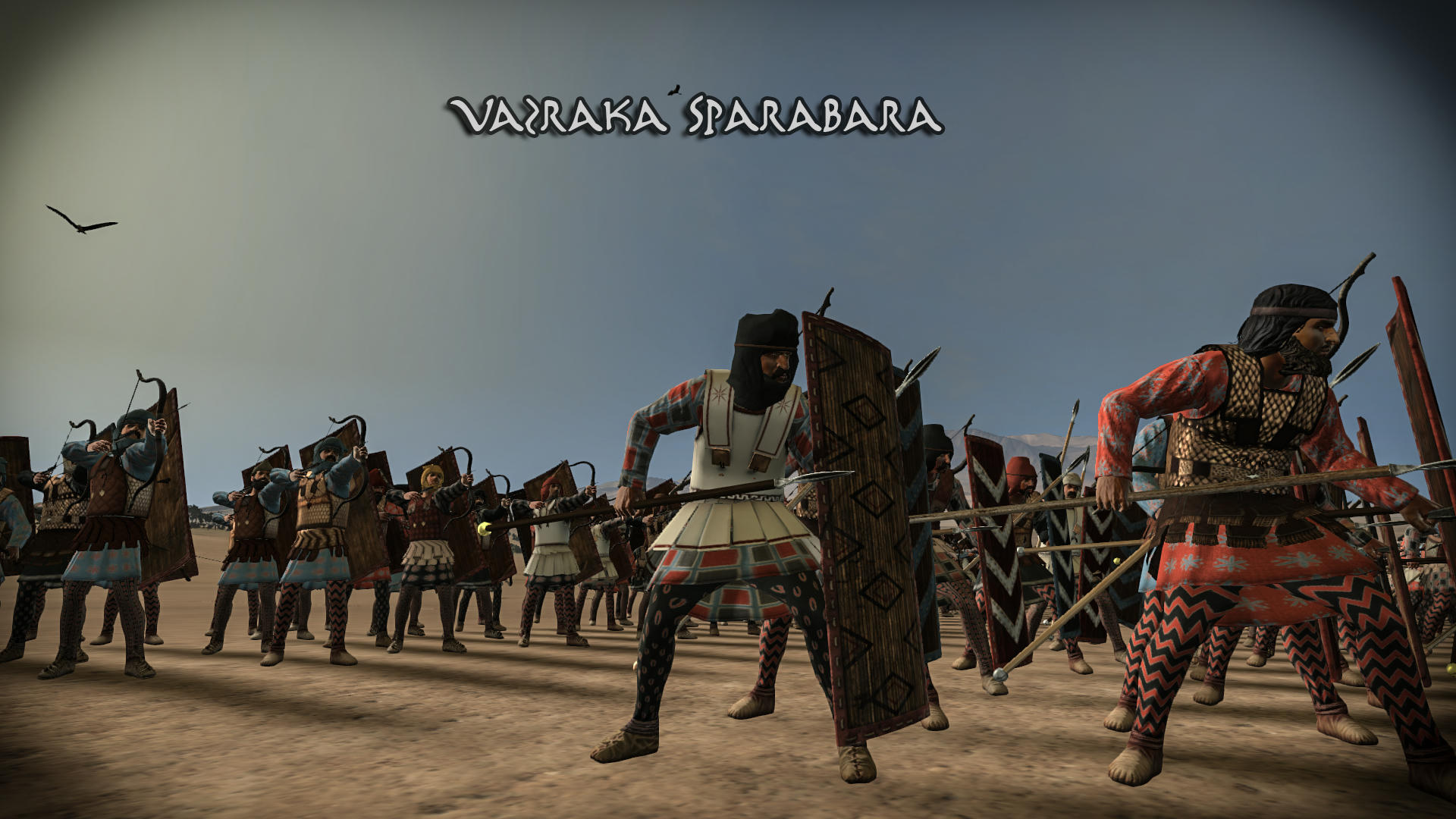

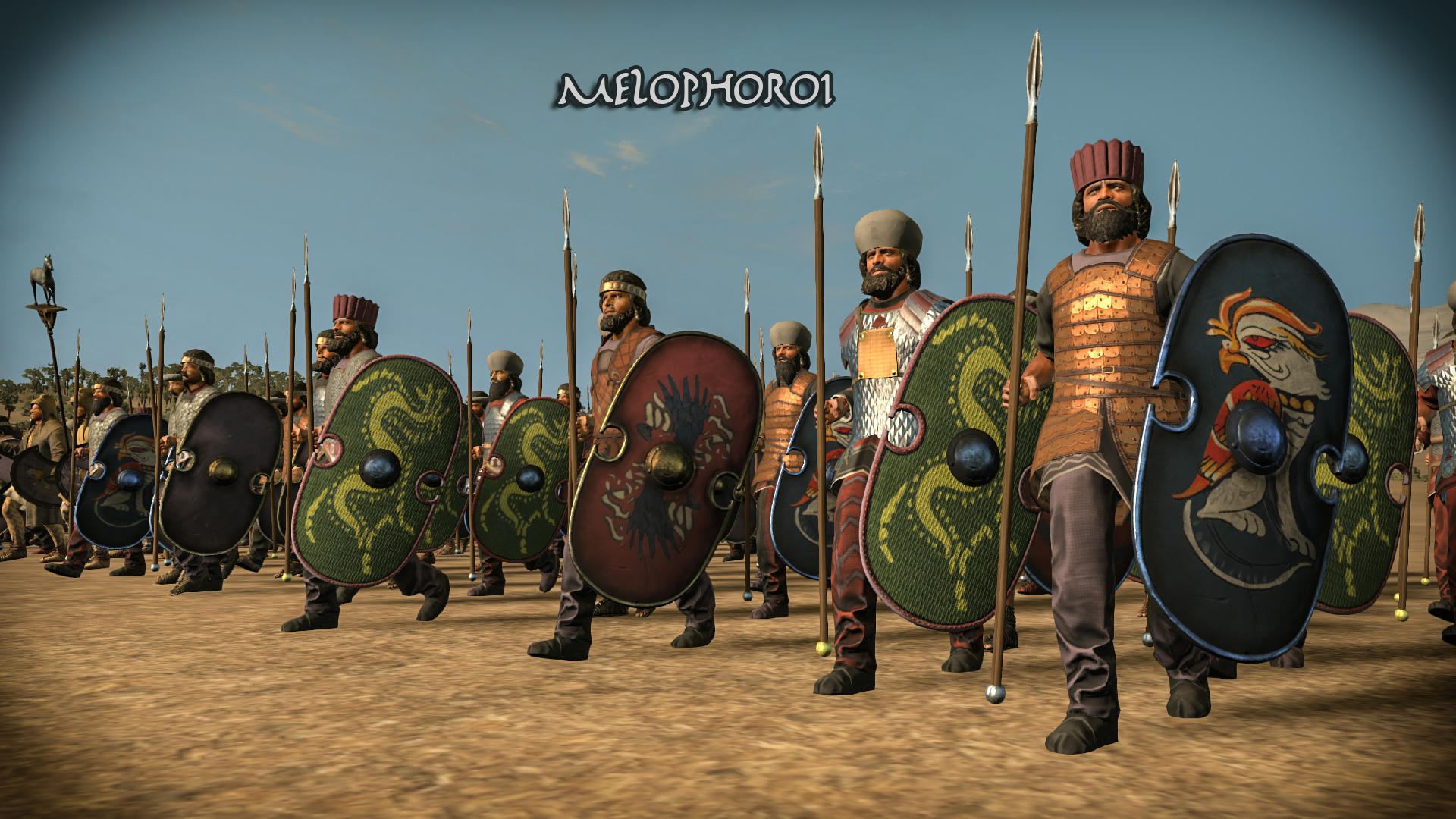

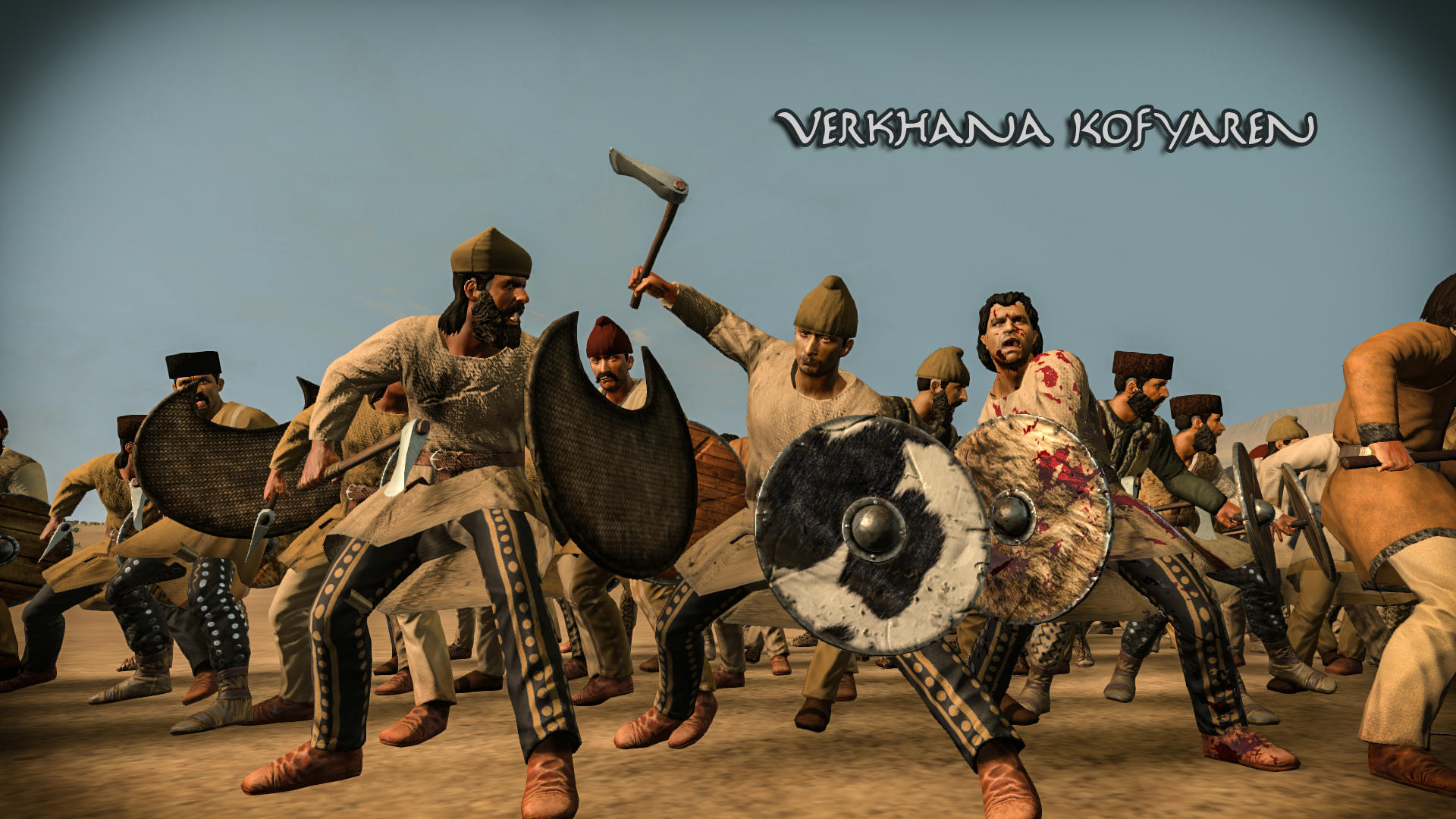
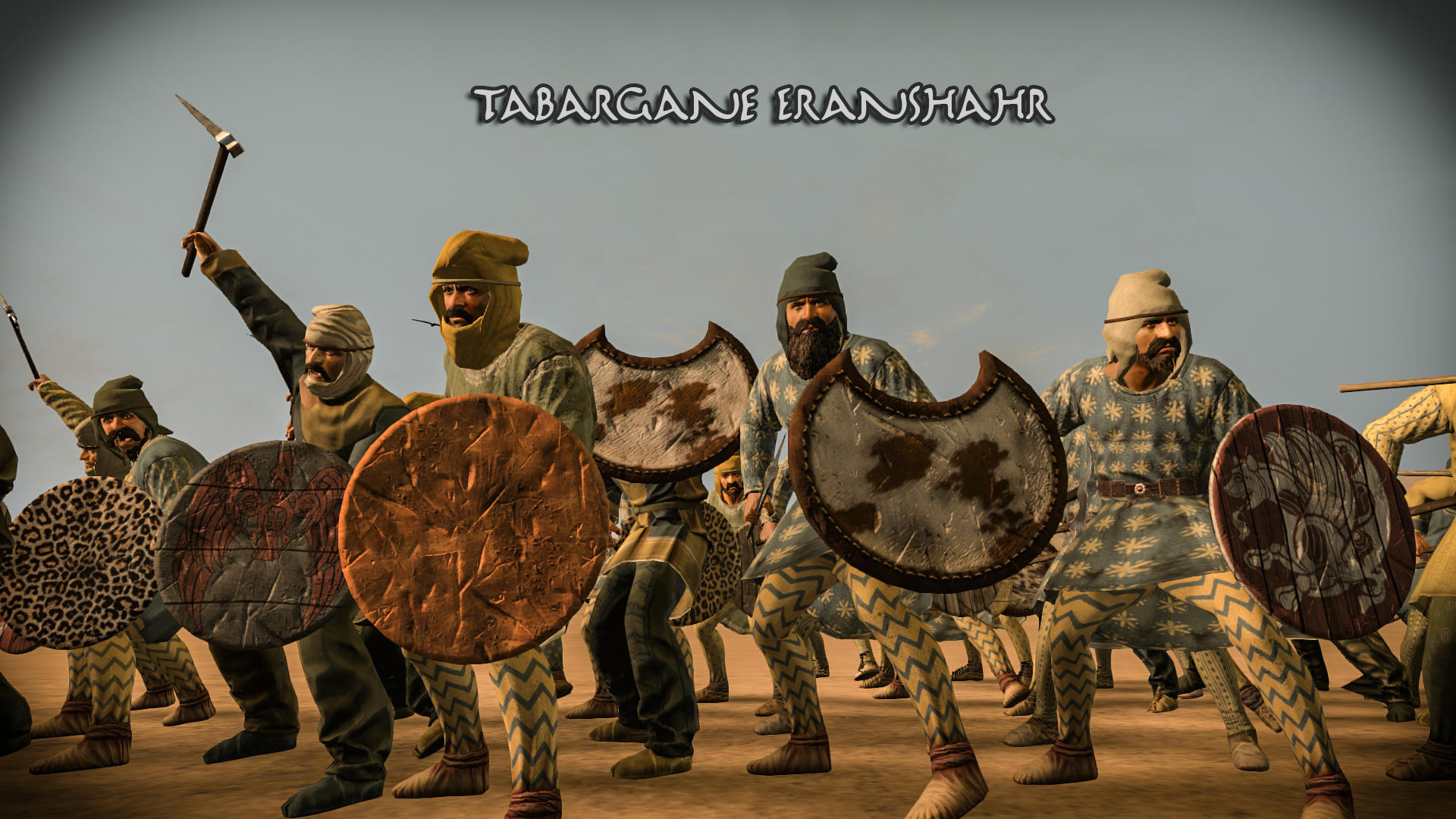

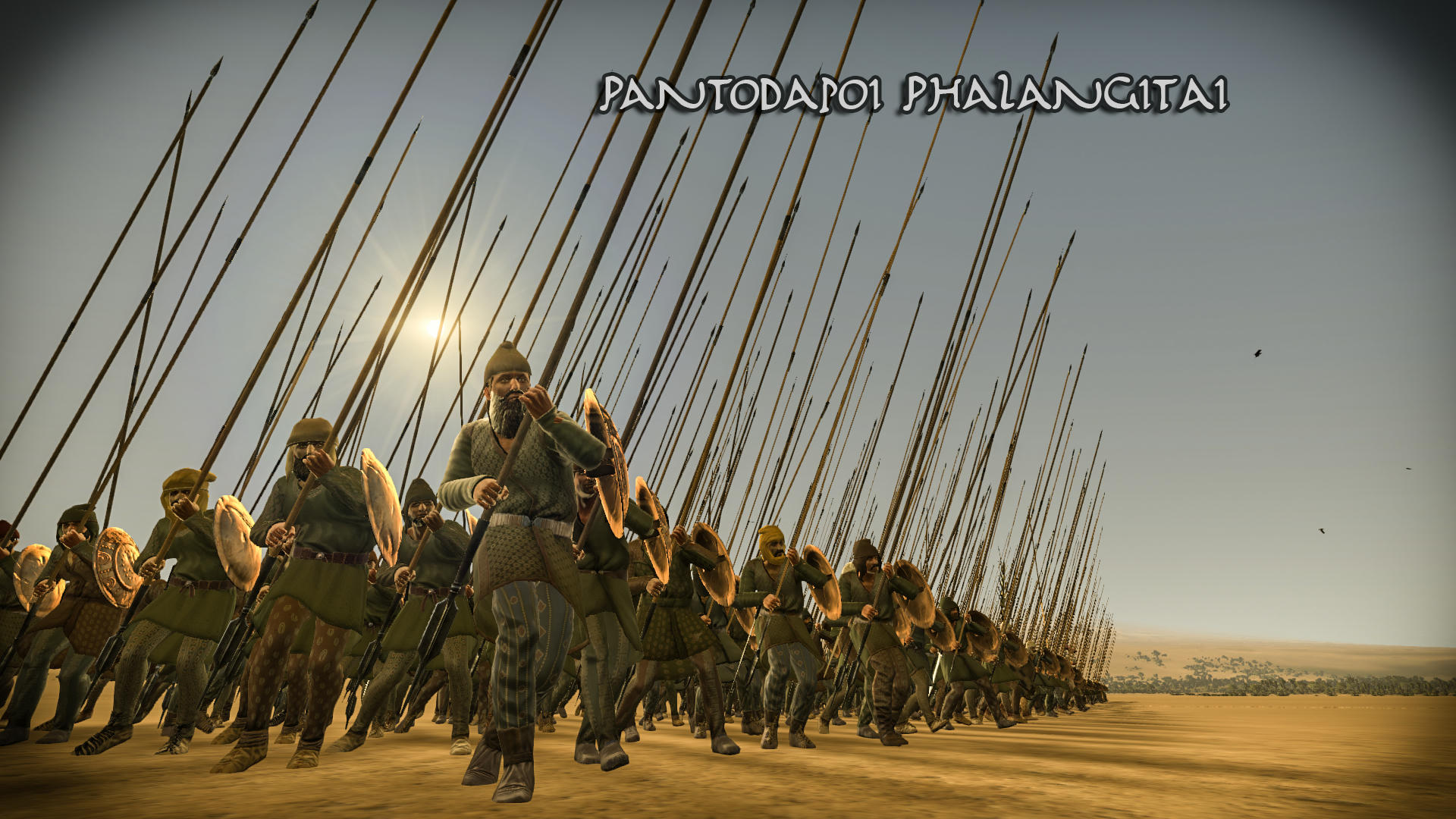


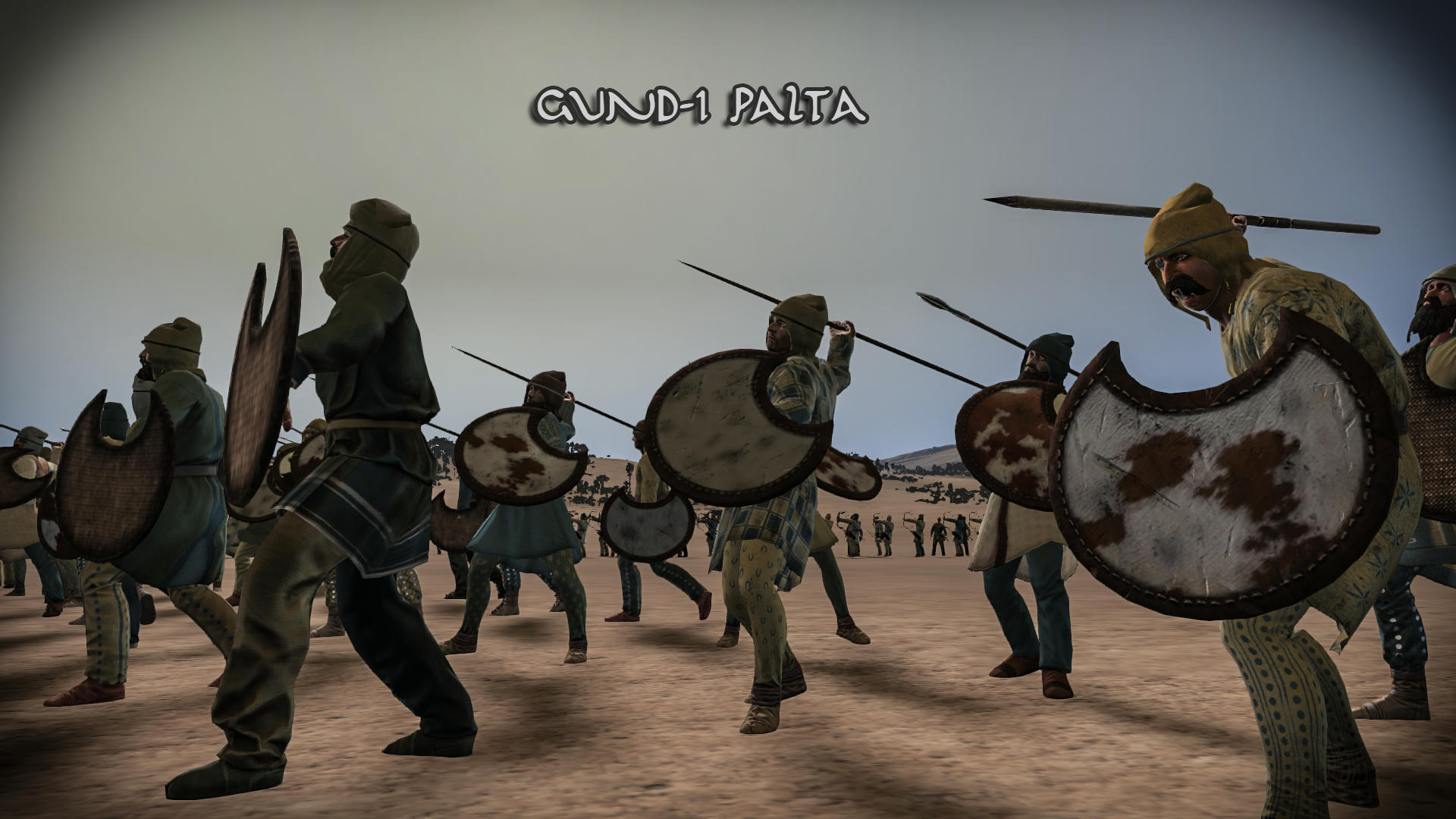
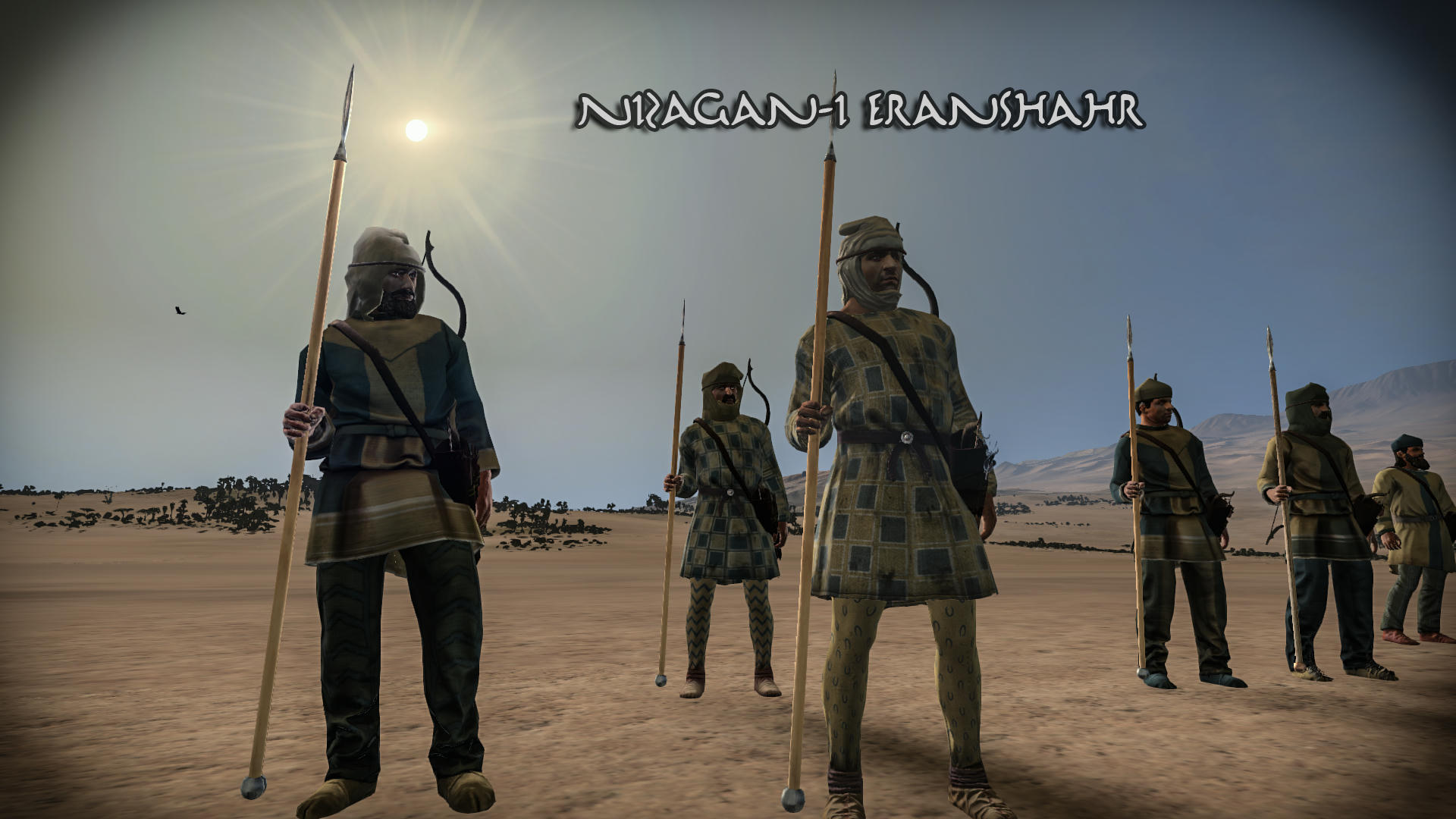




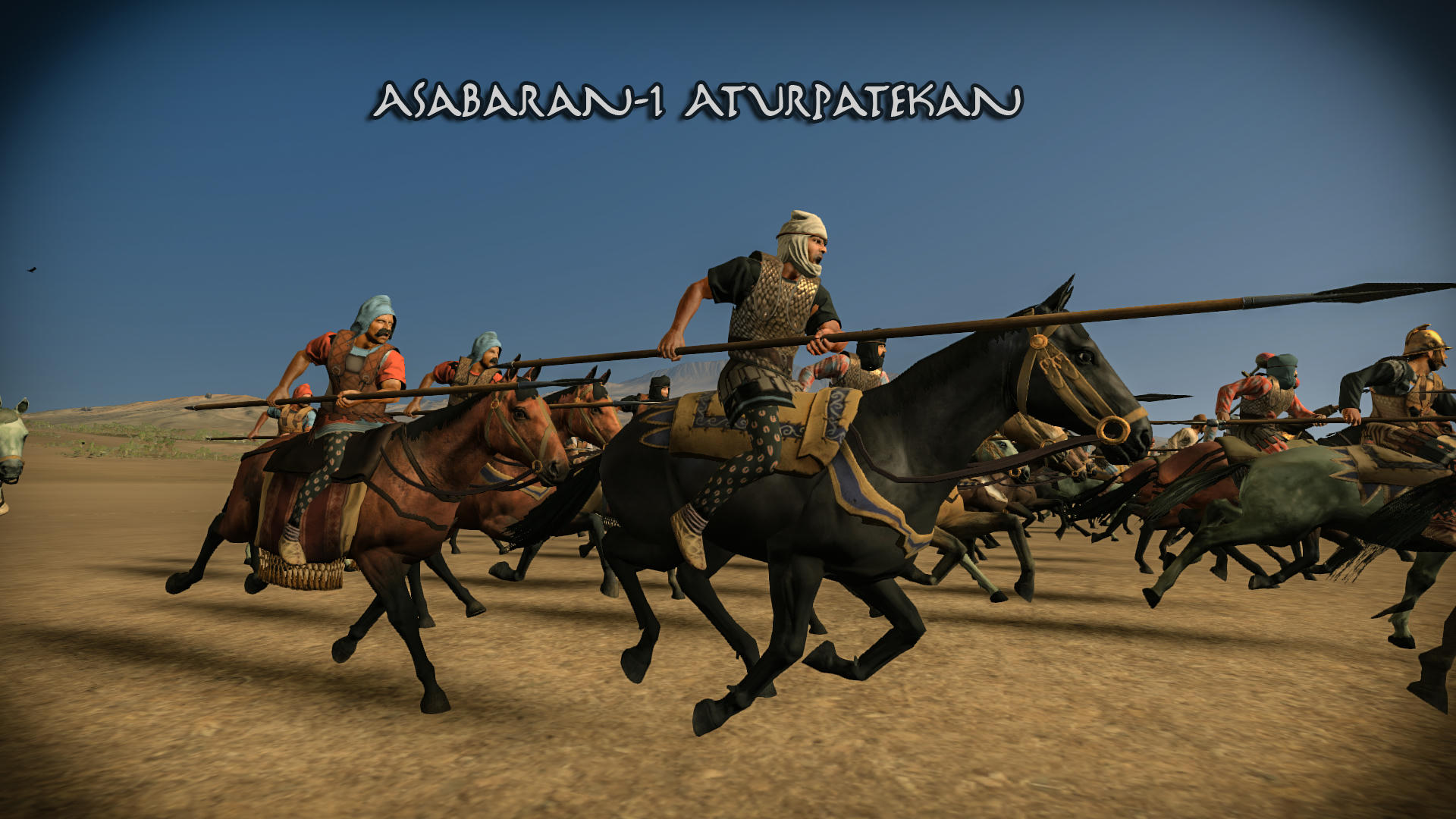


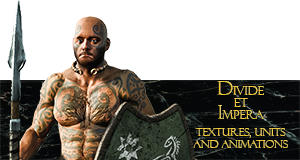

 Reply With Quote
Reply With Quote




